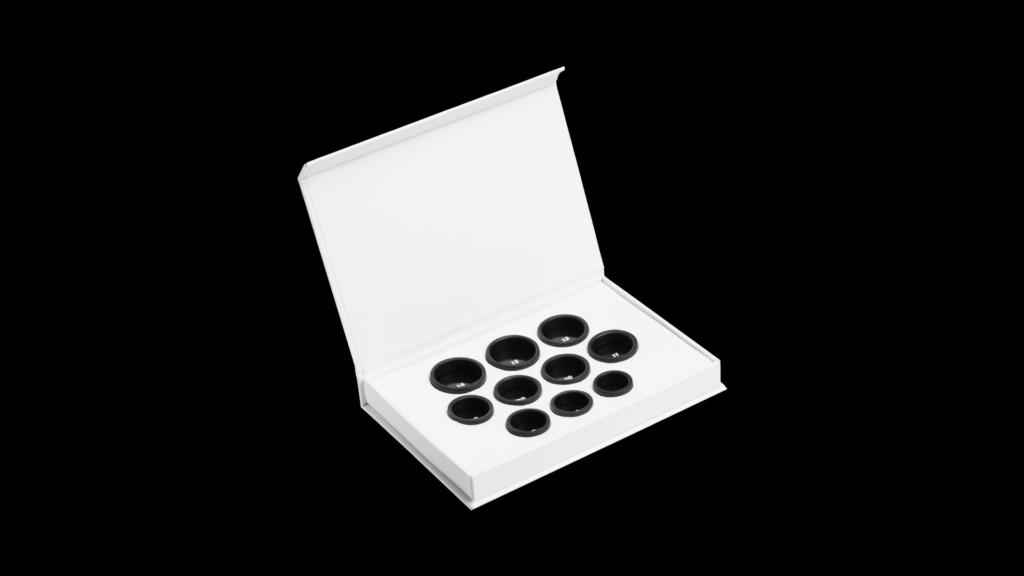Research lends credence to the idea that the area of the brain, largely instrumental for willpower – the prefrontal cortex has many pressing tasks on its plate beyond ensuring our compliance to our New Year resolutions. It is responsible for unravelling abstract problems, maintaining our focus and regulating short-term memory. Little surprise then that the fatigued prefrontal cortex can’t always help us stick to our resolutions. (1) Perhaps the answer is to manage the cognitive load and limit the number of resolutions to one. That also brings us to another question considering the fact that most of our resolutions are tethered to our habits.
Why are bad habits so hard to break? What if the bumper sticker “Just Say No” is actually working against us? If willpower alone were the answer to breaking bad habits, we wouldn’t have to deal with conditions like addictions. There’s something going on in our brains when we lose self-control, but all hope is not lost.
Nora Volkow, head of the National Institute on Drug Abuse asserts that the phrase “Just Say No!” is in fact “magical thinking.”
How dopamine controls us
Dopamine is one of the main chemicals regulating the pleasure centre of the brain. At the most basic level, it regulates motivation and sends signals to receptors in the brain saying, “This feels good!“
Whether you’re a drug addict seeing someone you associate with using, a caffeine addict smelling coffee brewing, a smartphone addict hearing a phone ding, or hungry watching a good-looking food commercial, your brain rushes with dopamine.
A fascinating thing Volkow determined is that images alone can impact the rise of dopamine in our brains. So if we pass a fast food outlet and see the arches, our brain associates those with a tasty hamburger (for some) and shoots up dopamine. That good feeling from the dopamine unconsciously drives the motivation to go in for a big burger. It’s a conditioned response. The same scenario can be applied to any bad habits you may have. One place to start is to just get curious about the pull you feel to whatever you feel compulsive about. An easy one (besides some of the arguably more destructive habits like drugs or alcohol) is our phones.
It makes sense why many addiction centres are integrating mindfulness into their curriculum. Mindfulness practice has been shown to activate the prefrontal cortex and decelerate the amygdala (the part of the brain that regulates emotions and gives emotional meanings to our memories). This gives us the ability to widen the space between stimulus and response. That’s where the choice lies. It then helps us access possibilities and opportunities we didn’t know were there before. This is crucial when it comes to our addictive behaviours – the ability to take a step back, “think through the drink” and recognize the various options that lie before us.
The powerful pause
We can learn to step into this powerful pause, notice the sensation of the urge, and as the late Alan Marlatt, PhD said, “surf the urge” as it peaks, crests and falls back down like a wave in the ocean.
One place to start is to just get curious about the pull you feel to whatever you feel compulsive about. An easy one (besides some of the arguably more destructive habits like drugs or alcohol) is our phones.
Today, be on the lookout for what cues you check your phone. Do you see someone else doing it? Are you waiting and feeling uncomfortable about waiting? Is it a certain time of day or place?
Training your brain to recognize this cue can help you get some space from it to ask, “What do I really want to pay attention to right now? What matters?” As we get better at recognizing that space between stimulus and response and making the choices that run alongside our values, like riding a bike, it will start to come more naturally.
Just because our brains have been altered by our compulsive behaviours doesn’t mean we’re destined to fall into the same habits. With the right skills, community and support we can learn to break out of the routine and into a life we envision for ourselves.x
Conclusion
The prefrontal cortex is not just responsible for our willpower but also for our short-term memory, solving abstract problems and helping us manage our focus. It is also tied to our habits and extends to addictions. The neurotransmitter dopamine modulates our pleasure centres. Research suggests that mindfulness practice can activate the prefrontal cortex and decelerate the amygdala. This enables us to widen the gap between stimulus and response, giving us the ability to make a real choice. The powerful pause can help us ‘surf the urge’ or resist the craving and break out of unhealthy habits.
Disclaimer: The contents of this article are for general information and educational purposes only. It neither provides any medical advice nor intends to substitute professional medical opinion on the treatment, diagnosis, prevention or alleviation of any disease, disorder or disability. Always consult with your doctor or qualified healthcare professional about your health condition and/or concerns and before undertaking a new healthcare regimen including making any dietary or lifestyle changes.
References








